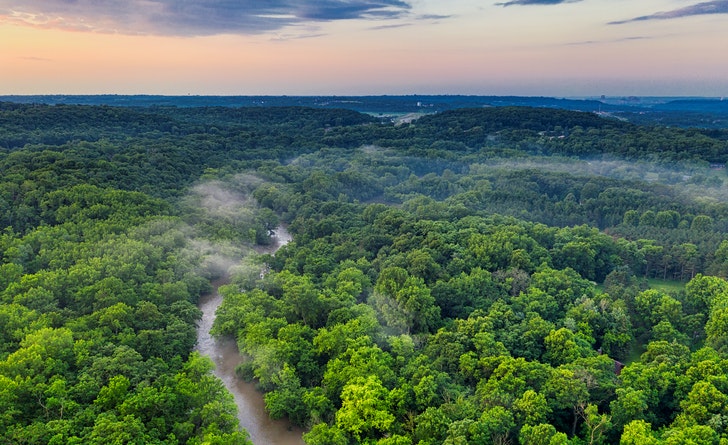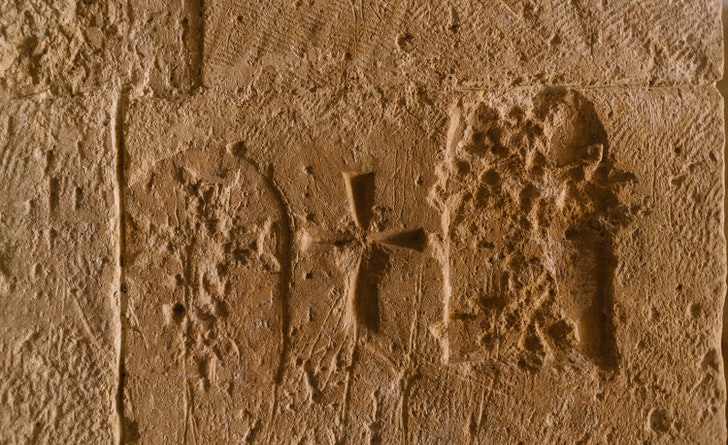There’s nothing like waking up to the news of a discovery; it feels like you’ve just uncovered one of the world’s millions of secrets that are just waiting to be explored. But, these discoveries would never make it to the surface if it wasn’t for the technological advancement that has been taking place, and it’s because of it that science continues to flourish and grow! Something similar happened when scientists used the latest laser cutting device to find an urban city structure on the floor of the Amazon.

Tom Fisk/ Pexels | Ancient civilizations don’t get as much credit as they’re due
So, if you’re interested in learning more about this recent discovery then keep on reading.
What’s The Discovery About?
Scientists have found a massive urban landscape that consists of campsites, villages, and towns that are interconnected with each other. The shocking part about this is that it’s present in the Amazon rainforest and is considered to be around 600-years old. Located in today’s Bolivia, it was the members of the Casarabe culture that built an urban system, which came with causeways, canals, and reservoirs that ran for several kilometers.
The lead archeologist, Heiko Prumers, spoke about the nature of the discovery. He stated that the low-density urban sprawl was something from the pre-Columbian times, and was not found anywhere in Amazon or throughout South America. These people lived in low-density places rather than densely packed cities. So, their solution was to spread out and create a network of small towns, villages, and/or settlements that had generous amounts of land for farming. Their settlements were then connected through a series of tunnels.

Orthosved/ Pexels | Interesting city mapping and planning you won’t see today
How Did They Find Out?
Now, after receiving all this information, you might be wondering how the scientists managed to pull this off. Prumers and team decided to explore the Amazonian rainforest from above in hopes of finding hidden relics and treasures that link people to the past. They used a piece of equipment that would fire laser pulses on the ground, which was carried around in a helicopter. Those laser pulses then provided data from the earth’s surface. This technique is called light detection and ranging; its goal is to help scientists map out structures that have been damaged or worn out over time.

Mikhail Nilov/Pexels | Archaeology just never fails to fascinate
Archeology is an interesting field. What’s more interesting is the secrets that we get to discover because of it!